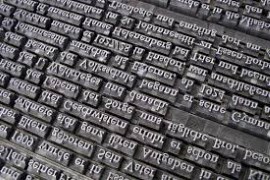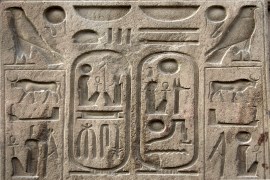Livre | Chapitre
The structure of artworks
pp. 21-54
Résumé
The aesthetic ideas of Ingarden are an irreplaceable source of inspiration and a point of reference for many scholars, irrespective of their particular philosophic orientation — they have found a permanent place in Polish aesthetic thought and one can hardly imagine a contemporary investigation in aesthetics taking no account of Ingarden's impressive achievement. Yet despite some fascination with his aesthetic system, nothing like a "school of Ingarden" has ever been founded. The reasons for this are too complex to be adequately explained in this paper; one, at least can be mentioned: alterations within aesthetics itself, which under the pressure of cultural change tends to examine art phenomena in an ever wider context of the processes of culture and civilization. Sociological and semiotic trends, treating a work of art as an instrument of social communication and as a matter of principle shunning academic and philosophical aesthetics, thrive and flourish. Phenomenological aesthetics, oriented toward investigating a general, eidetic structure of the object and necessary relationships within it and regarding cultural, social, and historical determinants as superficial and unimportant to the object's essence, found itself in the position of an outsider.
Détails de la publication
Publié dans:
Dziemidok Bohdan, McCormick Peter (1989) On the aesthetics of Roman Ingarden: interpretations and assessments. Dordrecht, Springer.
Pages: 21-54
DOI: 10.1007/978-94-009-2257-0_2
Citation complète:
Szczepańska Anita, 1989, The structure of artworks. In B. Dziemidok & P. Mccormick (eds.) On the aesthetics of Roman Ingarden (21-54). Dordrecht, Springer.










